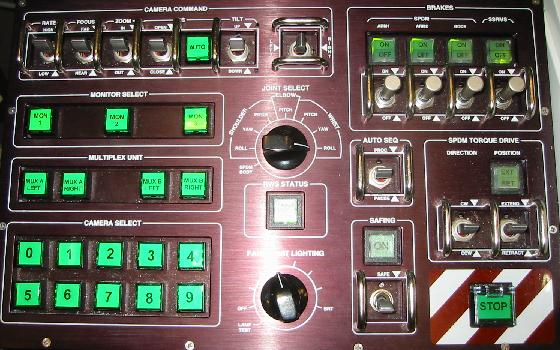Here, 'optical zoom' means an optical system that changes magnification (angle subtended per pixel). It would not mean for example switching from one camera to another on Hubble, or changing to reading out a smaller area of a sensor (digital zoom).
note: let's exclude zoom lenses on hand-held cameras operated manually by astronauts.
It doesn't matter if it's a lens or mirror based system or combination of both, as long as the magnification at the focal plane of a single system can be changed.
I'm particularly interested in spacecraft in space, but if there were/are optical zoom systems on landers or rovers, those would be interesting to know about as well.



